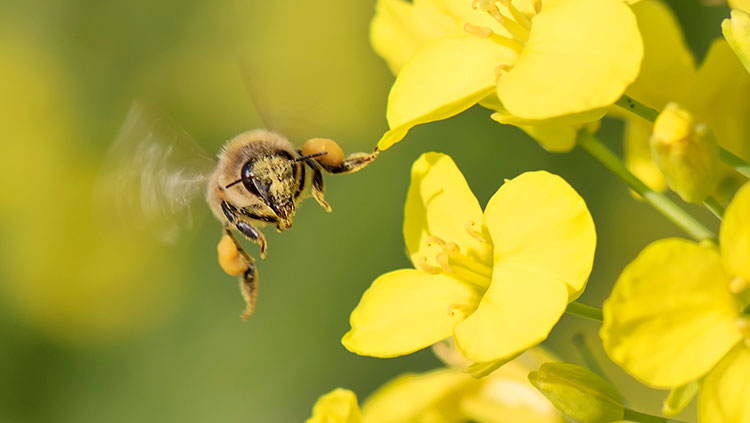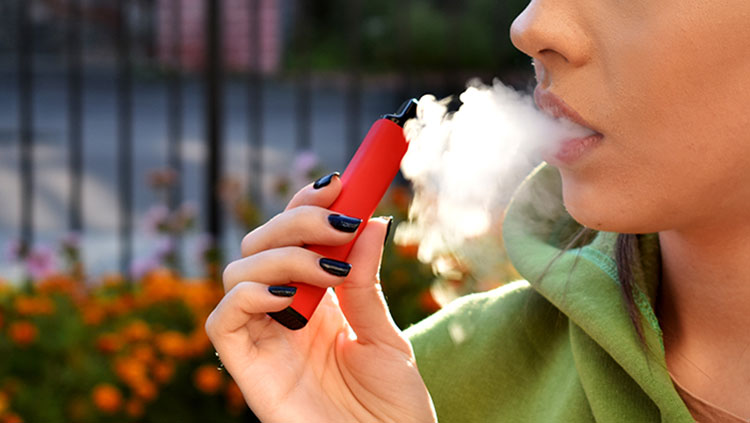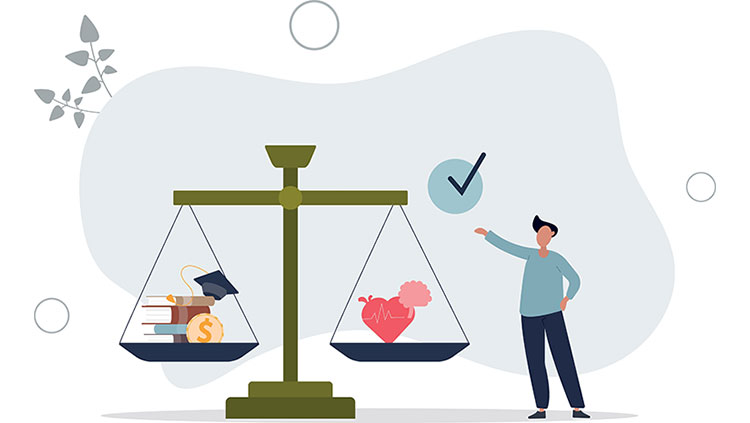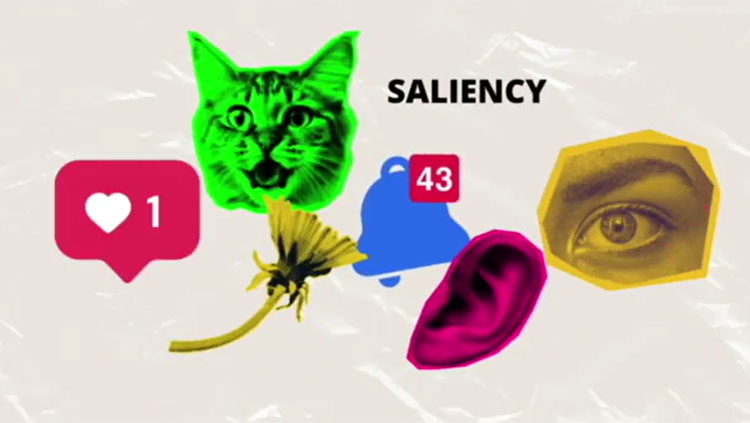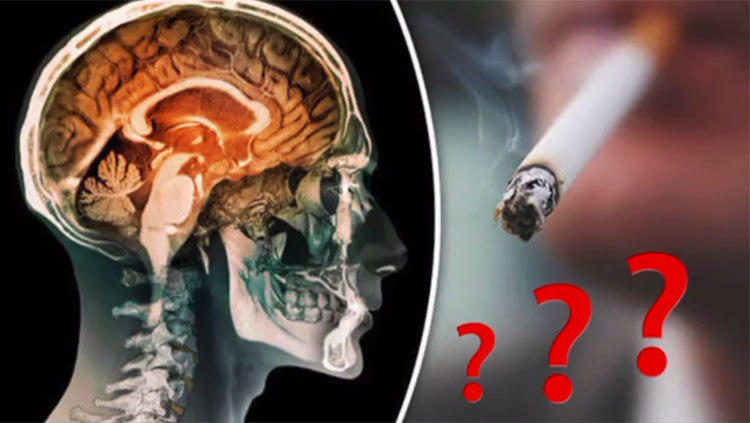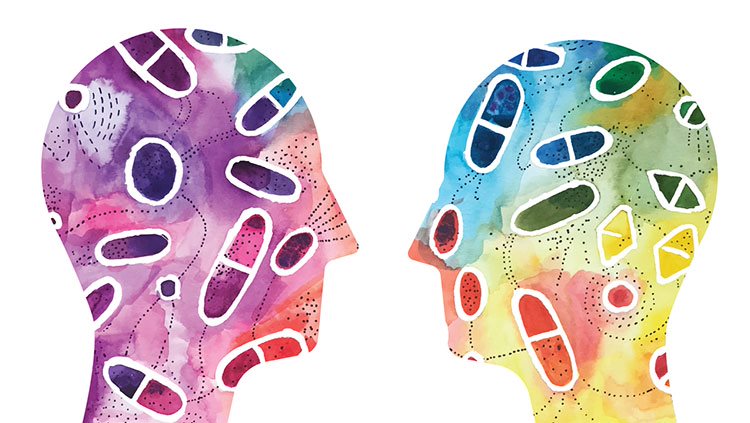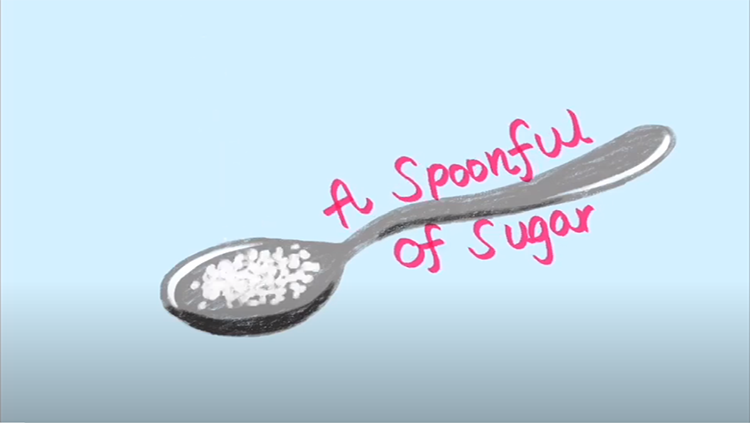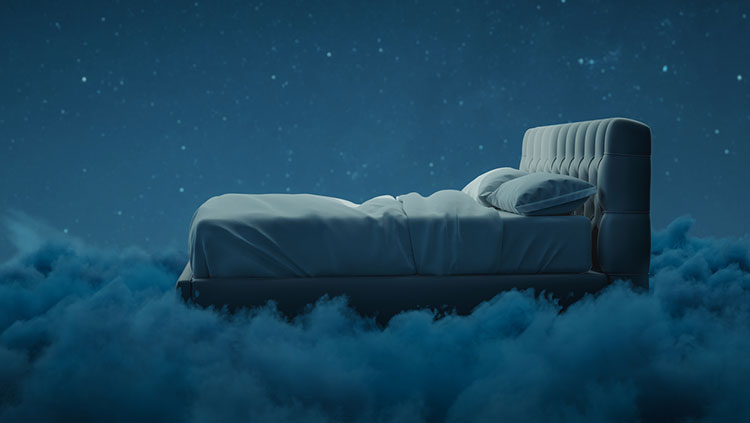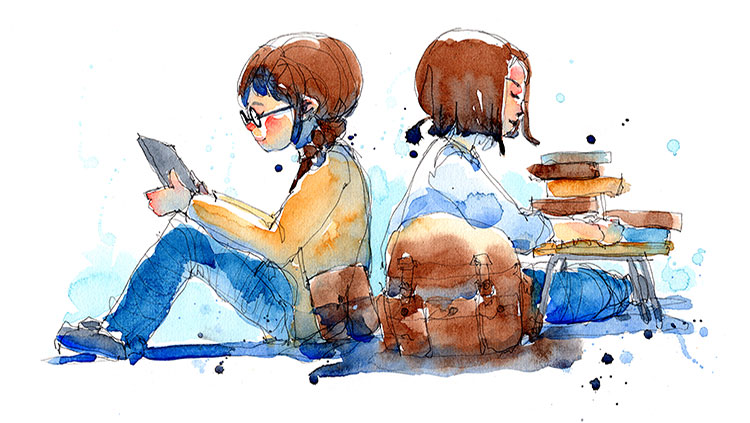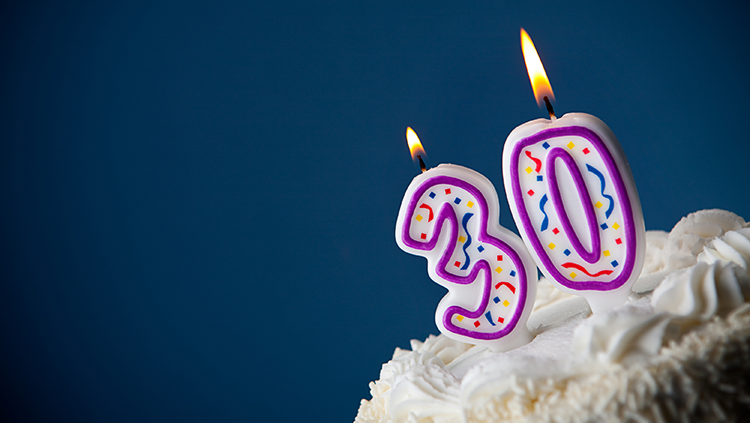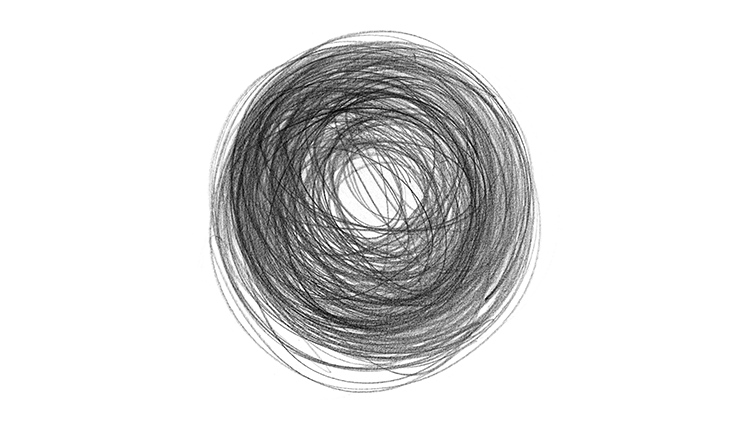Alcohol-Induced Insomnia Linked to Neuron Subset in Fruit Fly Brain
- Published14 May 2025
- Author Bella Isaacs-Thomas
- Source BrainFacts/SfN

When it comes to getting a good night’s rest, alcohol does us no favors. Even casual drinkers may experience restless or shallow sleep after having a drink or two with dinner. Struggles with insomnia can become extreme for people with alcohol use disorder (AUD), which affects 10% of people aged 12 or older in the United States.
Insomnia itself is considered a risk factor for alcohol use. But among people with AUD who stop drinking, sleep issues also pose a higher risk of relapse, said Adrian Rothenfluh, an associate professor of psychiatry at the University of Utah. "[A person] who stops using alcohol can still for weeks feel these persistent effects on their sleep, including insomnia and a hard time falling asleep.”
A recent study from Rothenfluh and his colleagues took a closer look at the link between alcohol and insomnia using fruit flies. Their response to alcohol exposure largely mirrors ours — low doses temporarily make the flies more active, whereas high ones sedate them in real time and lead to several days of disrupted sleep.
The image above captures a frontal view of neurons populating one fruit fly's brain that use the neurotransmitter acetylcholine to communicate, stained for color definition under a microscope. The large bulbs to the left and right are the fly’s optic lobes, located beside their eyes. The purple branch-like shapes toward the top-center of the image are neural structures called mushroom bodies.
The researchers determined a specific subset of cholinergic neurons located in those mushroom bodies are responsible for the disrupted sleep flies experience after alcohol exposure. When they administered a low dose of alcohol to flies with suppressed activity among those neurons, the flies experienced several days of bad sleep, much like they would have after receiving a higher dose.
Understanding the neural mechanisms underpinning alcohol’s ability to cause insomnia is a key step toward finding solutions for people struggling with the condition. Rothenfluh said this work could eventually help identify targets in the brain for therapeutic drugs designed to combat these effects and reduce people’s risk of relapse.
CONTENT PROVIDED BY
BrainFacts/SfN
References
What to Read Next
Also In Addiction
Trending
Popular articles on BrainFacts.org


.jpg)
